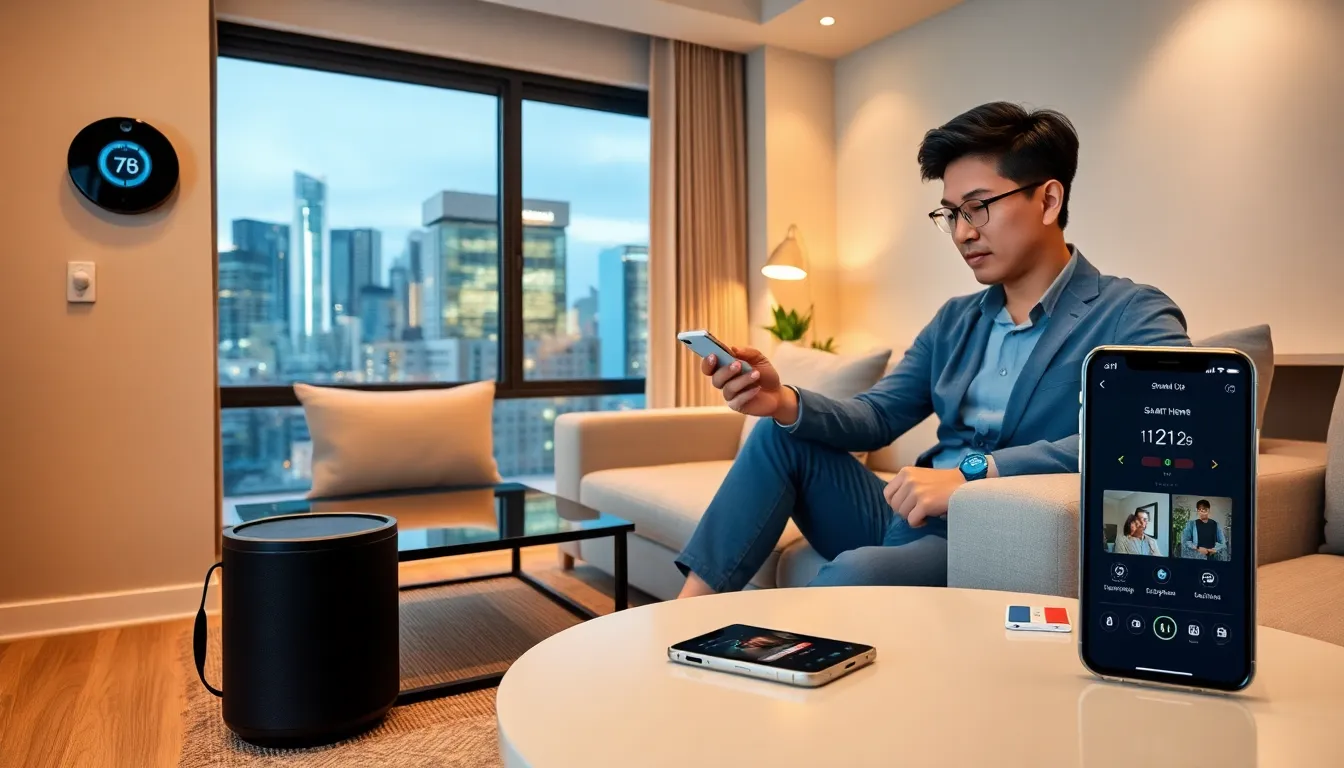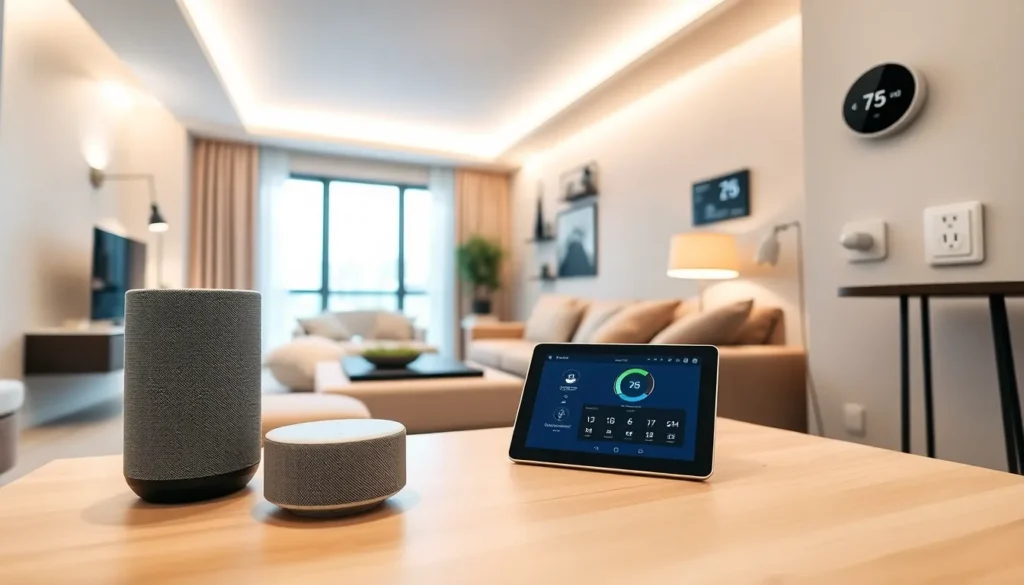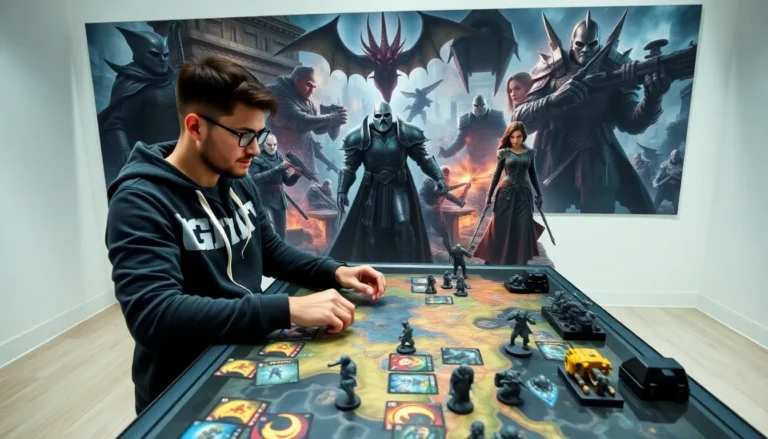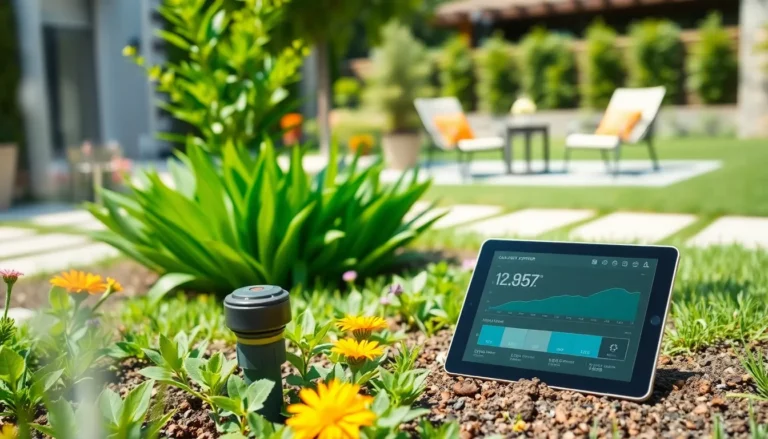Table of Contents
ToggleImagine stepping into your apartment after a long day, and with just a simple voice command, your lights dim, your favorite playlist begins to play, and the temperature is set to your comfort level. Sounds like a scene from a futuristic movie, right? Welcome to the world of smart home devices for apartments. These gadgets don’t just bring a sprinkle of magic to daily life: they also offer convenience, security, and energy efficiency, all while making life feel a little more luxurious. Whether you’re a tech enthusiast or someone simply looking to streamline your living space, you’ll want to know how these devices can elevate your apartment experience. Let’s immerse.
Benefits Of Smart Home Devices In Apartments

Living in an apartment comes with a unique set of challenges and advantages when it comes to adopting smart home technology. First and foremost, smart home devices provide enhanced security. Imagine having the ability to monitor your apartment from anywhere. Smart cameras and doorbells allow residents to keep an eye on deliveries and suspicious activity right from their smartphones.
Also, energy efficiency is a game changer for apartment dwellers. Smart thermostats help maintain optimal temperatures, reducing energy bills and your carbon footprint. Plus, smart lighting systems can automatically adjust based on the time of day, ensuring lights aren’t left on when no one is home.
Plus, convenience is king. These devices can be controlled remotely, making it easy to manage your home whether you’re on the couch or in the office. And let’s not forget the sheer fun of automation, setting up routines so your home adjusts to your lifestyle can feel like living in the future. Finally, integration is easier than ever, as many devices work seamlessly together, creating a centralized hub for your apartment life. Now that’s smart living.
Types Of Smart Home Devices
1. Smart Lighting Solutions
Smart lighting allows residents to customize the ambiance of their apartments with the tap of a finger. Whether it’s brightening a room to read or dimming the lights for a movie night, smart bulbs offer endless possibilities. Plus, they can be set to turn off automatically when you leave, so you’ll never have to worry if you forgot to switch them off.
2. Smart Thermostats
A smart thermostat learns your schedule and adjusts the temperature based on your preferences. Instead of cranking up the heat or blasting the AC, these devices optimize energy use and can save significant amounts on utility bills. Some models even provide insights into your energy consumption habits, helping you stay eco-conscious.
3. Smart Security Systems
Security is a top priority for anyone living in an apartment. Smart security systems include cameras, motion detectors, and smart locks that can all be monitored and controlled from your smartphone. This way, you can feel secure knowing your home is protected, even when you’re not there.
4. Smart Plugs And Outlets
These are the unsung heroes of smart home technology. Smart plugs turn ordinary devices into smart devices. Simply plug an appliance into a smart outlet, and you can control it with your phone or voice. Set schedules or remotely turn off devices, so there’s no need to worry if you left your coffee maker on.
5. Smart Speakers And Hubs
These devices serve as the control center for your smart home. From playing music to controlling other smart devices, smart speakers make life easier. With voice commands, you can manage your entire smart home ecosystem in one convenient spot.
Choosing The Right Smart Devices For Your Apartment
When selecting smart devices for your apartment, consider your space and lifestyle first. It’s crucial to prioritize items that enhance your daily living without overwhelming your available space. For instance, if you have a cozy studio, opt for multi-functional devices like smart hubs that control multiple functions and gadgets at once.
Think about your daily routines. Do you travel a lot and prioritize security? Then smart locks and cameras are essential. If you’re a tech-savvy individual who loves hosting, smart speakers can make entertainment effortless.
Also, compatibility should be a major factor in your decision-making process. Ensure that the devices you choose can seamlessly integrate with each other and any current systems you might have. Look for devices that support major platforms like Amazon Alexa, Google Assistant, or Apple HomeKit to make the most out of your smart home experience.
Installation And Setup Considerations
Installing smart devices can vary in complexity. Some require minimal setup, while others may need more extensive installation efforts. For those who are not tech-savvy, pre-configured devices that offer step-by-step installation guides or even professional installation may be the way to go.
Most smart devices come with user-friendly apps that guide users through the setup process. It’s important to follow these instructions closely: often, it’s as simple as scanning a QR code and connecting to Wi-Fi. Make sure your Wi-Fi signal is strong enough throughout your apartment, as poor connectivity can disrupt performance.
Also, think about electricity consumption. Smart devices should be consistently powered to ensure proper function, so confirm that your apartment’s electrical system can accommodate your choices without any hassle.
Integrating Smart Home Devices With Existing Systems
Integrating new smart devices with your existing systems is essential for a seamless experience. Many smart home devices are designed to work with existing setups, but checking compatibility is crucial before making any purchases. For example, if you already have a home assistant, choosing devices that are compatible will save you time and potential headaches later on.
Using a smart hub can significantly simplify integration. Hubs allow users to control various devices from a single interface, which is particularly useful in an apartment where space and organization are pertinent. Many modern smart devices are also designed to work with their own apps but can often communicate with other apps, providing flexibility and control.







